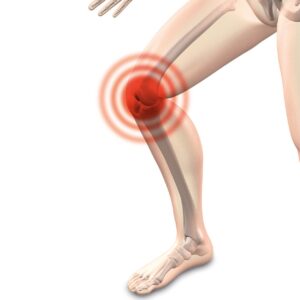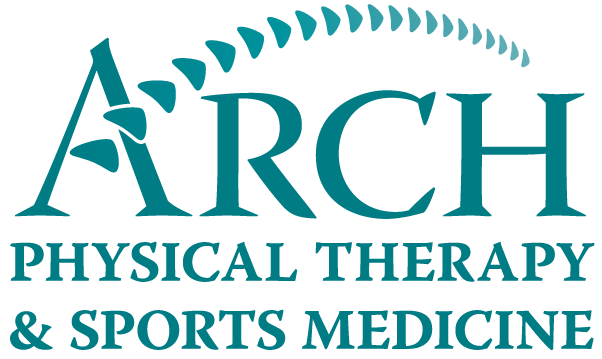
Osteoarthritis (OA) is the most common form of arthritis. It has many other names including, but not limited to, degenerative joint disease or “wear and tear” arthritis. It occurs most frequently in the hands, hips, and knees but can be found in any joint in the body.
With OA, the cartilage within a joint begins to break down and the underlying bone begins to change. These changes usually develop slowly and get worse over time. OA can cause pain, stiffness, and swelling worsening to reduced function and disability.
What are the risk factors for OA?
- Joint injury or overuse—Injury or overuse, such as knee bending and repetitive stress on a joint, can damage a joint and increase the risk of OA in that joint.
- Age—The risk of developing OA increases with age.
- Sex—Women are more likely to develop OA than men, especially after age 50.
- Obesity—Extra weight puts more stress on joints, particularly weight-bearing joints like the hips and knees. This stress increases the risk of OA in that joint. Also, obesity may also have metabolic effects that increase the risk of OA.
- Genetics—People who have family members with OA are more likely to develop OA.
- Osteoarthritis in another body location: People who have hand OA are more likely to develop knee OA.
How is OA treated?
There is no cure for OA, so doctors usually treat OA symptoms with various therapies, which may include:
- Increasing physical activity
- Physical therapy with muscle strengthening exercises
- Weight loss
- Medications, including over-the-counter pain relievers and prescription drugs
- Supportive devices such as crutches or canes
- Surgery (typically joint replacement, if other treatment options have not been effective)
How can I manage OA and improve my quality of life?
- Meet with one of our licensed physical therapists at ARCH Physical Therapy to discuss treatment options.
- Get physically active including effective physical activity programs at local gyms.
- Talk to your doctor about options.
In addition to these treatments, people can gain confidence in managing their OA with self-management strategies. These strategies help reduce pain and disability so people with osteoarthritis can pursue the activities that are important to them.

